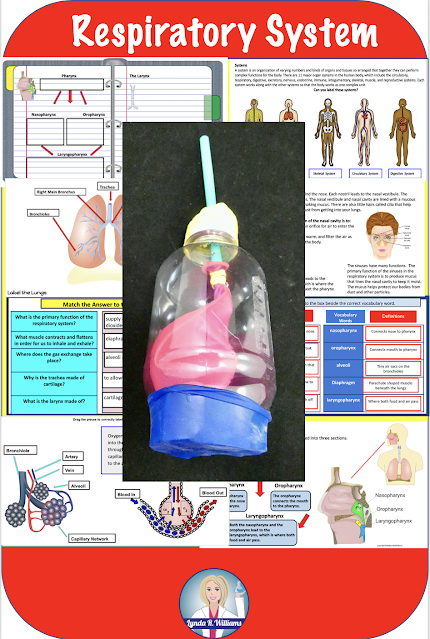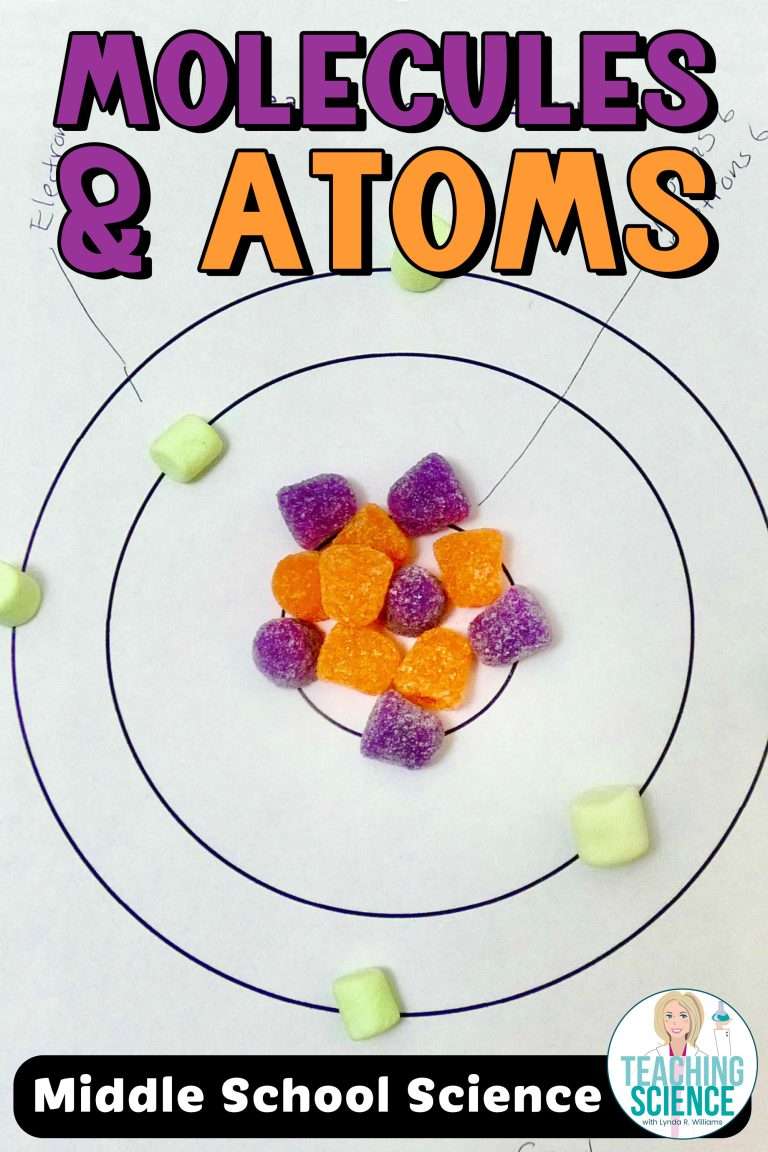Encouraging students to read novels related to STEM in the classroom is a great way to engage students and enhance their learning experience. These novels not only make complex STEM concepts more accessible, but they can foster a love of both reading and STEM. Keep reading for more ways STEM novels are beneficial for young readers, and a list of recommendations!
Books are a Great Way to Enhance Engagement and Interest
One of the primary benefits of students reading STEM novels in the classroom is their ability to capture students’ imagination and interest. Traditional textbooks can sometimes be dry and fail to get students interested. However, by weaving STEM concepts into compelling narratives, novels can spark curiosity and encourage students to delve deeper into these subjects.
Novels like “The Martian” by Andy Weir or “Hidden Figures” by Margot Lee Shetterly provide thrilling stories that are rich with scientific and mathematical content. When students see these concepts applied in fictional adventures, they become excited and eager to learn.
Developing Critical Thinking Skills
Reading and analyzing STEM novels can also enhance students’ critical thinking skills. As they engage with the plot and characters, students are encouraged to ask questions, make predictions, and draw conclusions. Teachers can facilitate discussions that challenge students to think deeply about the scientific and ethical implications of the events in the story. Lots of novels intended for students include questions to use in a discussion about the book!
Diversity and Inclusion in the Science Classroom
STEM novels often feature diverse characters and settings, making them excellent tools for promoting diversity in the classroom. By introducing students to stories with protagonists from different backgrounds and experiences, teachers can encourage empathy and broaden students’ perspectives.
Books like “Hidden Figures” celebrate the achievements of women of color in the field of aerospace engineering. Such stories can inspire students from underrepresented groups to pursue careers in STEM, showing them that these fields are accessible to everyone.
When students are able to see themselves represented, it can spark a lifelong interest.
Reinforce Key Concepts
STEM novels can complement the existing curriculum by providing an alternative way to reinforce key concepts. Teachers can even integrate these novels into lesson plans, using them to enhance traditional lesson plans. Even a book with inaccurate science can be the kickoff for a discussion that solidifies students’ understanding of key concepts! Is the science in this book possible? Why not?
A Lifelong Love for Reading
Reading STEM novels may lead to a lifelong love for reading. When students discover books that resonate with their interests, they are more likely to become enthusiastic readers. This enthusiasm can translate to improved literacy skills and a greater appreciation for both literature and STEM subjects.
There is a wide selection of STEM novels that can cater to various interests and reading levels, ensuring that every student can find something they enjoy!
Examples of STEM Novels
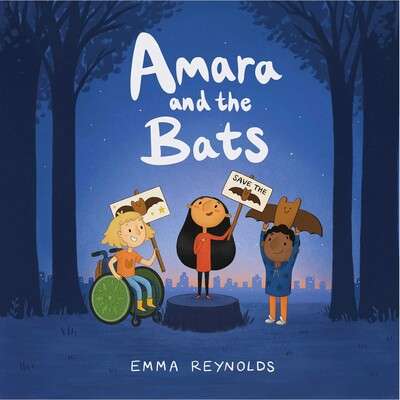
Amara and the Bats by Emma Reynolds
A girl named Amara notices that her local park no longer has a bat population. Through research and hard work, she is able to bring the bats back!

Hoot by Carl Hiaasen
Hoot takes place in Florida, where new arrival Roy makes two new friends and an enemy. Roy joins an effort to stop the construction of a restaurant that would destroy a colony of burrowing owls.
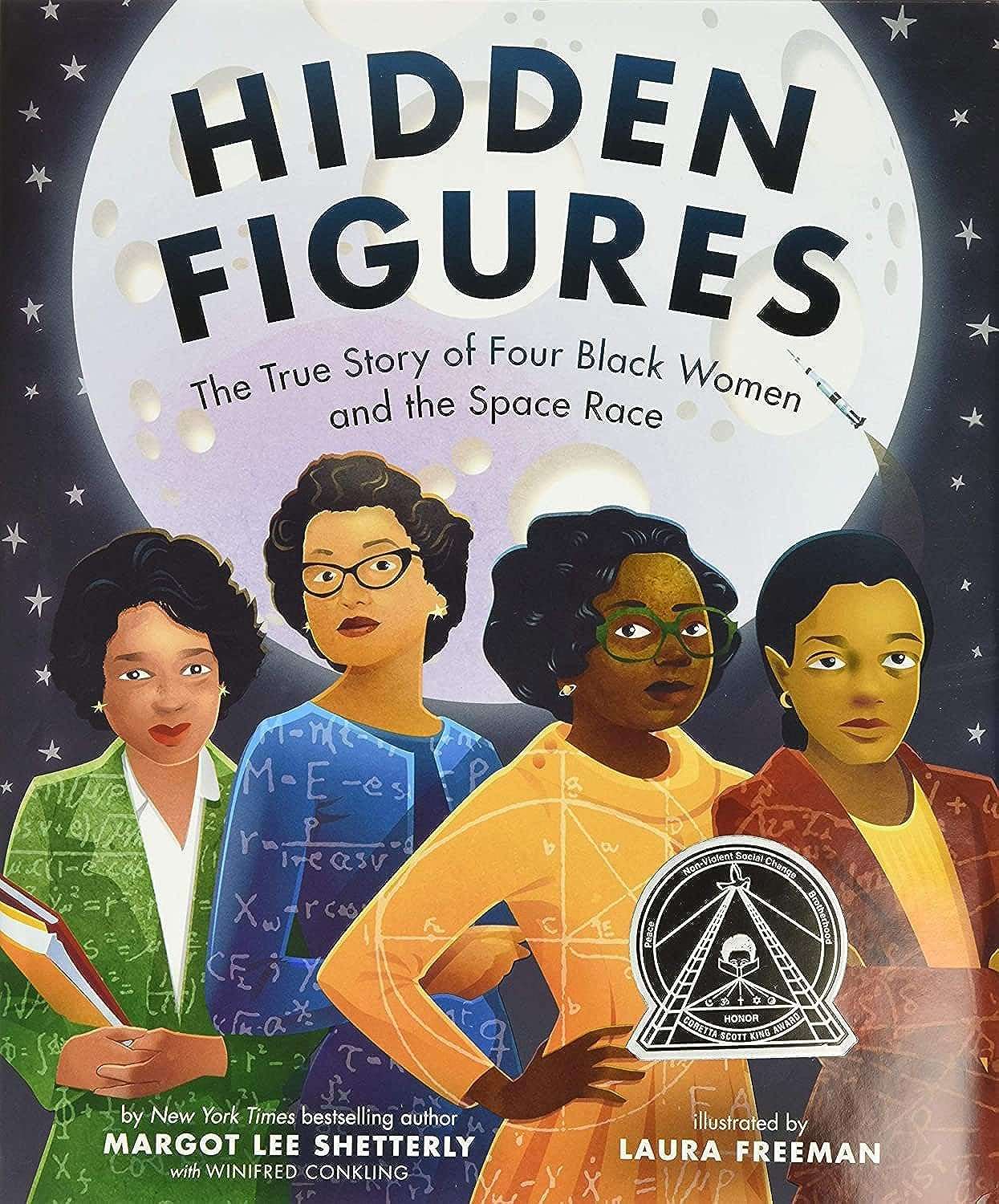
Hidden Figures by Margo Lee Shutterly
Hidden Figures is the true story of three black women who worked as human computers for NASA. Shetterly writes how these women overcame discrimination and racial segregation to become vital parts of STEM history.
Want your students to dive deeper into the lives of these extraordinary women? Check out this bundle of resources on Hidden Figures from my friend Marion at Mentoring in the Middle!

Chasing Vermeer by Blue Balliet
Chasing Vermeer is a children’s art mystery novel that follows two children as they try to recover a stolen Vermeer painting. The writer wrote this book with the hope that she could capture the attention of reluctant readers if they related to characters who enjoyed writing and math.
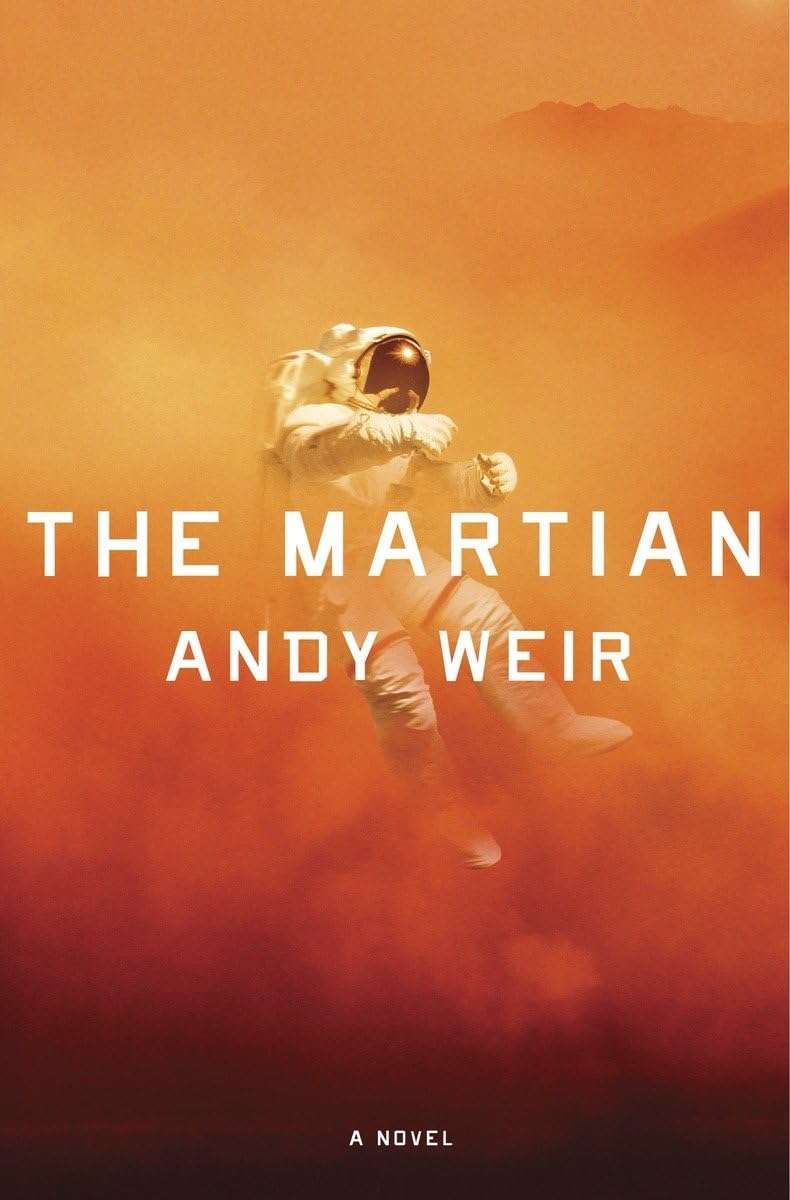
The Martian by Andy Weir
This book follows an astronaut who is stranded on Mars alone as he survives by using the materials available to him.
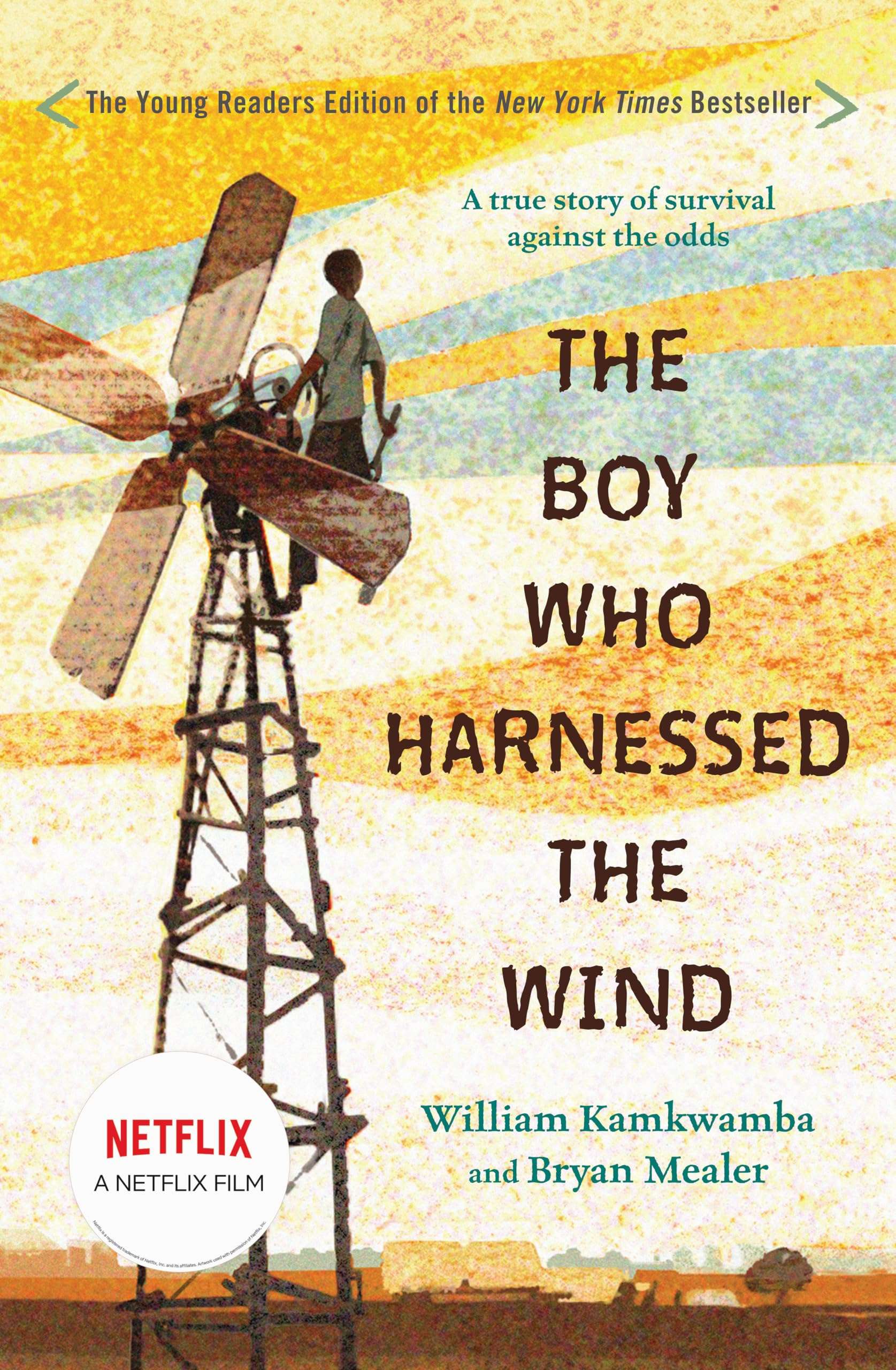
The Boy Who Harnessed the Wind by William Kamkwamba and Bryan Mealer
This book tells the true story of William Kamkwamba, a young boy from Malawi who, builds a windmill from scrap materials, bringing electricity to his village by harnessing the wind.
Turn this book into a unit that covers Reading, Social Studies, Geography and Science with this great bundle by my friend Marion at Mentoring in the Middle!

